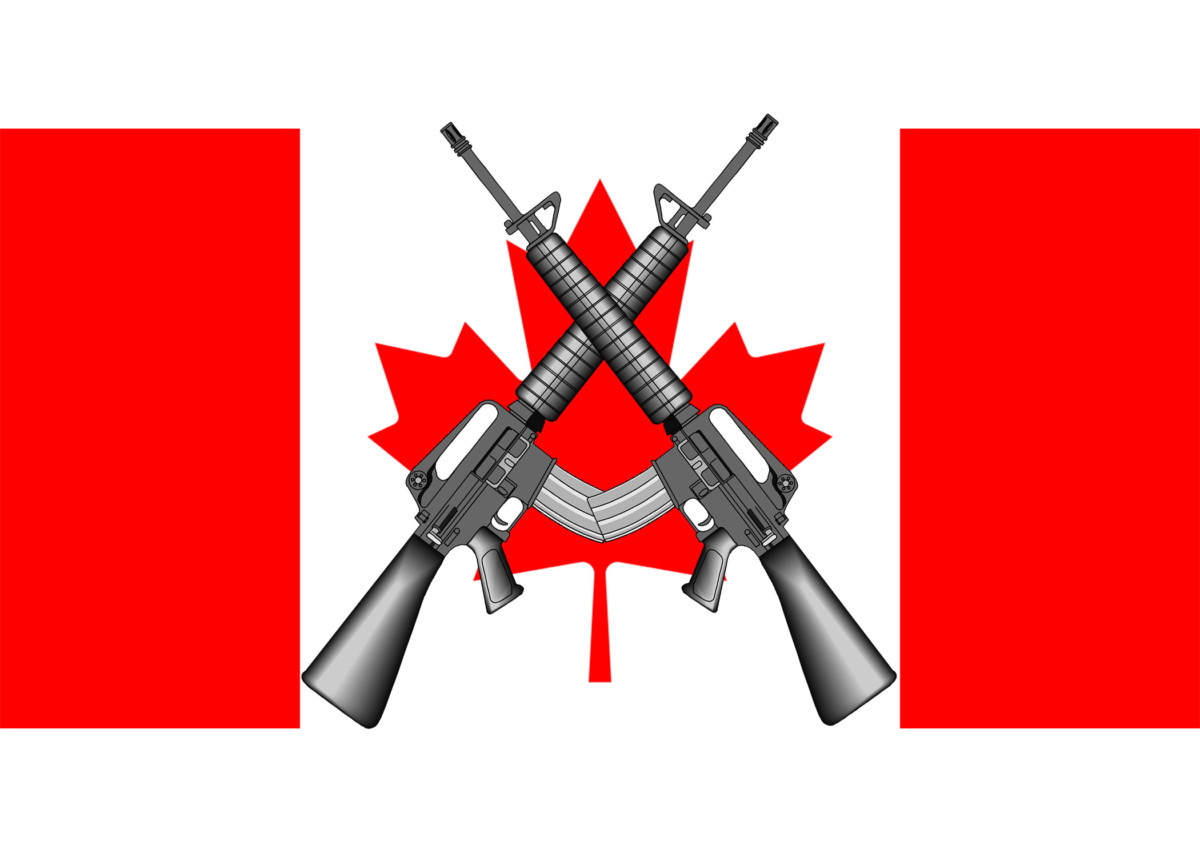

Content warning: This story discusses death, shootings and gun violence.
A teenage boy was shot and killed on his way home from school in Toronto on Jan. 20. There were 492 shootings in Toronto in 2019, a record high since 2014, according to data by the Toronto Police. Moncton saw a spike of shootings in October, with five in one month, according to a CTV article. This year, the Calgary police reported 38 incidents of assaults involving the intentional discharge of a firearm, more than double the number of instances in 2018.
But when conversations arise about guns and gun control, it’s often about the United States.
Patrick Malcolmson, a political science professor at St. Thomas University, said Canada’s gun culture is largely linked with comparing itself to the United States.
“America clearly has a tremendous problem with gun violence,” he said. “So we, I think, perceive ourselves as having far less of a problem or maybe no problem at all.”
Malcolmson said one of the key differences when talking about gun violence and gun laws between the United States and Canada is the Second Amendment, which gives Americans the constitutional right to own a gun for protection.
He said Canadians don’t feel like they have a constitutional right to own a gun or need one to protect themselves. But when looking at the evidence, Malcolmson said Canadians aren’t too different.
In comparison to the rest of the world, Canada ranks fifth when looking at the number of civilians who own a firearm with almost 35 guns per 100 Canadians, according to the 2017 Small Arms Survery. The United States is number one, with more than 120 guns per 100 Americans.
“You have this sort of strange two worlds,” Malcolmson said. “Our image of ourselves on the one side, and the fact that we don’t have anything like the Second Amendment, and then the evidence of how many guns are there in Canada, and what kind of guns they are.”
Like Americans, Canadians can purchase assault weapons like the AR-15.
Public Safety Minister Bill Blair said the Liberal government plans to ban assault rifles and introduce a buy-back program under new legislation. During the election, the Liberals estimated the buy-back program would cost $250 million, but the number could be higher depending on the value of the weapons, according to The Globe and Mail.
“I think it’s really important that we get good value for the expenditure of taxpayers’ dollars and, at the same time, I’m very mindful that we’re dealing with law-abiding Canadians and I want to make sure that they’re treated fairly and respectfully,” Blair said in a Global News article.
Blair also said the government’s speaking with the provinces about allowing municipalities to ban handguns, though stated there’d be no national ban.
Malcolmson said the standard to look at when it comes to gun control and gun laws is to picture a society where people feel confident enough to say, “I don’t need to own a gun for my own protection,” and where police don’t have to carry guns either.
He said the number one job of the government is to protect its citizens, and the danger with guns come when people begin to believe they need to own a weapon to protect themselves.
“If you feel that the government can’t protect you, then I think you are sort of dealing now with the more fundamental problem with how much trust do people have with the political system they live under?” Malcolmson said.
The Solution
Simon Wassef, a third-year criminology student at STU, said most Canadians don’t choose to commit a crime and it’s often a response to a difficult social situation, like being unable to pay for bills. Generations of living in poorer communities are part of the reason why more young people are involved in gang activity in Winnipeg, Wassef said.
The number of crimes involving firearms in Winnipeg has increased by 66 per cent between 2014 and 2018 and the number of shootings by 114 per cent according to Winnipeg Police Gangs and Guns Unit.
Half of the illegal guns used in firearm crimes are from the United States and the other half are from Canada, according to a CBC article.
Tyler Seymour, a third-year criminology student at STU, said those who obtain a gun illegally feel like the rules don’t apply to them.
Seymour owns several guns, including shotguns and rifles, which he uses to hunt partridge, deer and rabbits in Hanwell. He began hunting with his father when he was 13.
He said the problem with gun violence in Canada isn’t about the guns themselves and the focus should be on helping at-risk youth and high-risk communities to “stop the problem before it starts.”
“I definitely think there needs to be research done on what are the factors that create that perfect storm to facilitate an incident with a firearm.”
